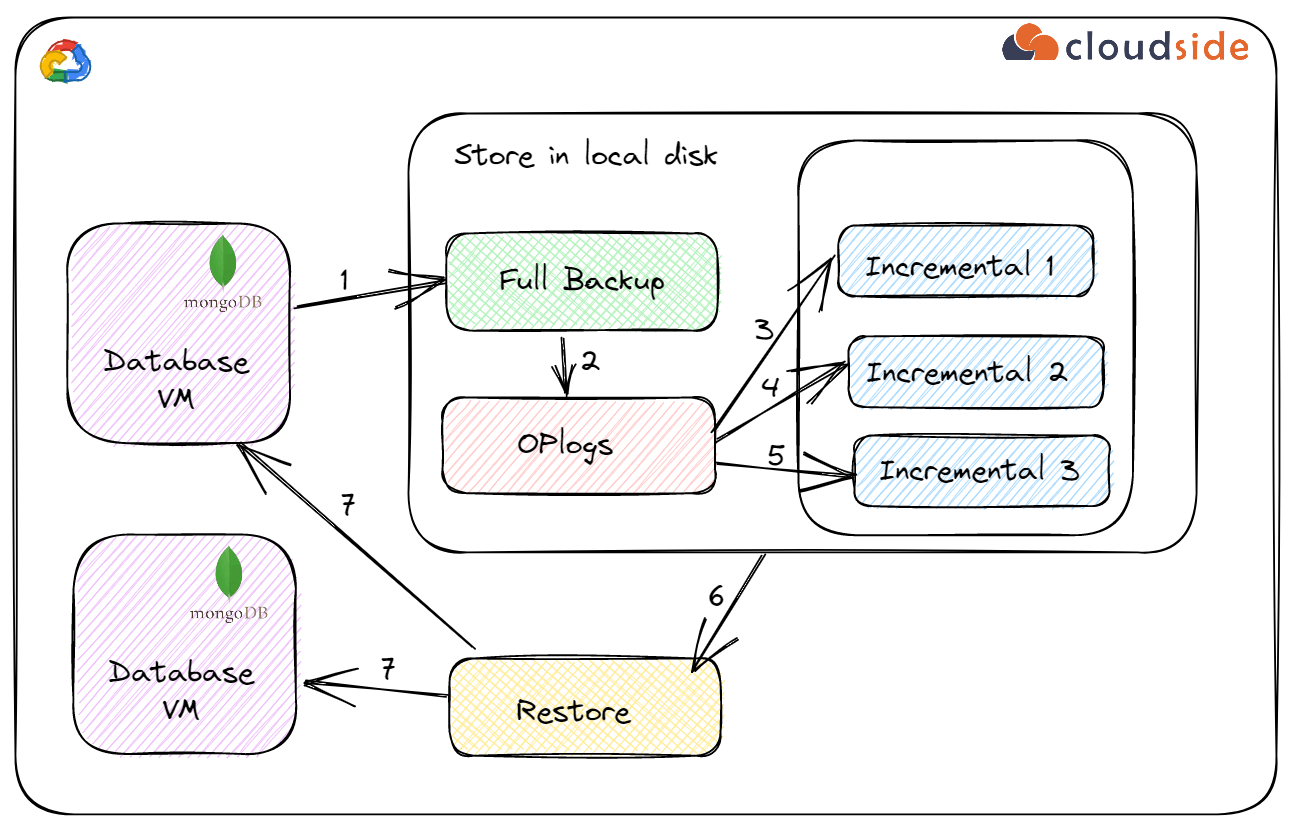Backup and Recovery of Data in MongoDB
As data becomes increasingly valuable in today’s technology-driven world, ensuring the security and availability of that data is more crucial than ever. One of the most popular databases used for storing data is MongoDB, a document-oriented NoSQL database. In this article, we will discuss the importance of backing up and recovering data in MongoDB, and the best practices to ensure the integrity of your data.
Backup Strategies
Backing up your MongoDB data is essential to protect against data loss due to various reasons such as hardware failure, accidental deletion, or even malicious attacks. There are several backup strategies you can implement to safeguard your data:
- Full Backup: Take a complete snapshot of your MongoDB instance at regular intervals to capture all data and indexes.
- Incremental Backup: Backup only the data that has changed since the last backup to reduce storage space and backup time.
- Continuous Backup: Use MongoDB’s oplog to capture incremental changes in real-time for point-in-time recovery.
It is essential to have a combination of these backup strategies in place to cover different scenarios effectively.
Recovery Procedures
When data loss occurs, having a reliable recovery procedure is crucial to minimize downtime and ensure data integrity. Here are some best practices for recovering data in MongoDB:
- Restore from Backup: Utilize your latest backup to restore the data to a specific point in time before the data loss incident.
- Point-in-Time Recovery: Use the oplog to replay changes up to the desired timestamp for a granular recovery process.
- Redundant Replication: Implement MongoDB replication to have redundant copies of your data to facilitate failover and recovery.
Having a well-defined recovery plan in place will ensure that you can quickly recover from data loss incidents and minimize the impact on your operations.
Conclusion
Backup and recovery of data in MongoDB are critical aspects of data management to safeguard your valuable information and maintain business continuity. By implementing a robust backup strategy and recovery procedures, you can ensure the availability and integrity of your data in the event of unexpected data loss incidents.
Remember, prevention is always better than cure when it comes to data protection. Regularly test your backup and recovery processes to identify any potential weaknesses and ensure that your data is secure and recoverable when needed.
